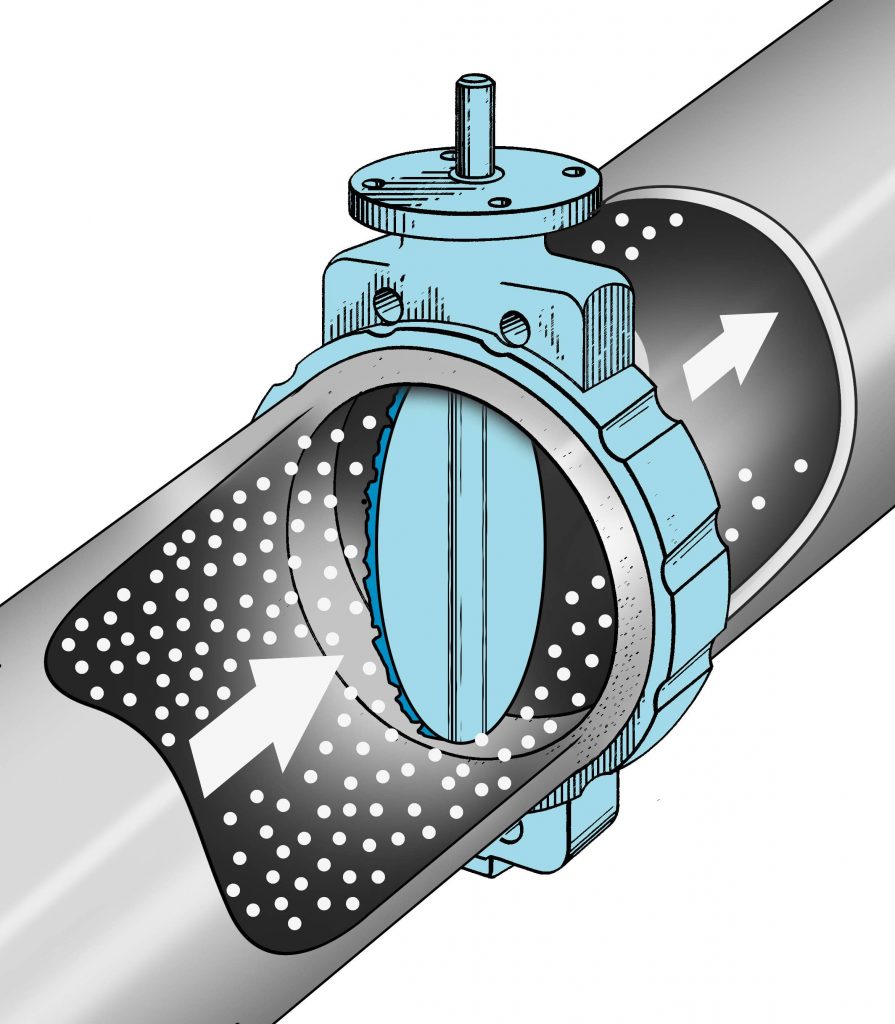3 Things You Should Know About Sanitary Valve for Powders
Where to use sanitary valve for powders?
A sanitary valve for powders is widely used in many industries.
A customer of Adamant Valves has a wide range of products, including organic infant formulas, organic follow-on milk, organic milk, organic cereals, allergenic formulas, milk-free infant formulas, dietetic baby food, probiotics, and polyunsaturated fatty acids.

Butterfly Valve for Powders
The drive for innovation has necessitated the requirements of extraordinary accuracy in production and packaging. The company, from a technological point of view, classifies itself somewhere between a dairy and pharmaceutical products and pays the highest attention to the selection of sanitary components for its process.
Sanitary diverter valves and sanitary butterfly valves play an important role in powder conveying.
How to convey powders for sanitary valves in the materials handling industry?
In a typical wet blending/spray drying process for infant formulas and powders, ingredients are blended with water in large batches and then pumped to a heat exchanger for pasteurization. After pasteurization, the liquid is homogenized and the product may be concentrated by passing it through an evaporator or sent directly to the spray dryer.
the product is then atomized in the spray dryer. As droplets of products are fluidized in the dryer, water is evaporated, and then dry powder drops to the bottom of the spray dryer, where it is discharged with a sanitary butterfly valve to a fluidized bed.
As droplets of products are fluidized in the dryer, water is evaporated and then dry powder deposits drop to the bottom of the spray dryer. There the product is typically dried further and cooled. The outlet air from the spray drying chamber still carries product (fines) which is normally ducted into cyclones and bag filters after the spray dryer. From there the product is discharged with sanitary shutoff valves into the fines return line.
The fines can either be transported by conveying pneumatically to the fluidized bed or back to the top of the spray dryer for agglomeration purposes. The actual conveying path is selected by the sanitary valve. After the fluidized bed, the finished powder passes through a sifter and is then pneumatically conveyed to storage silos or packaging lines, where it is deposited into bags or where it is canned.
Moisture and warm temperatures in the wet blending and spray drying process are conducive to bacterial growth. Therefore wet cleaning is normally applied in this process while dry cleaning is often typical in the process after the fluid bed dryer.
What are the features in the design of Adamant sanitary butterfly valves for powders?
It is designed for the delivery of a split open and closed valve by using the principle of compressed air to realize sealing. The valve is the ultra smaller torque and longer life standard than other normal butterfly valves.
What distinguishes sanitary valve components is the gap-free design, especially in critical areas, such as inlet flanges or side cover gaskets. This is very important when the production plants are cleaned wet, in order to prevent product deposits and also humidity residues in gaps.




